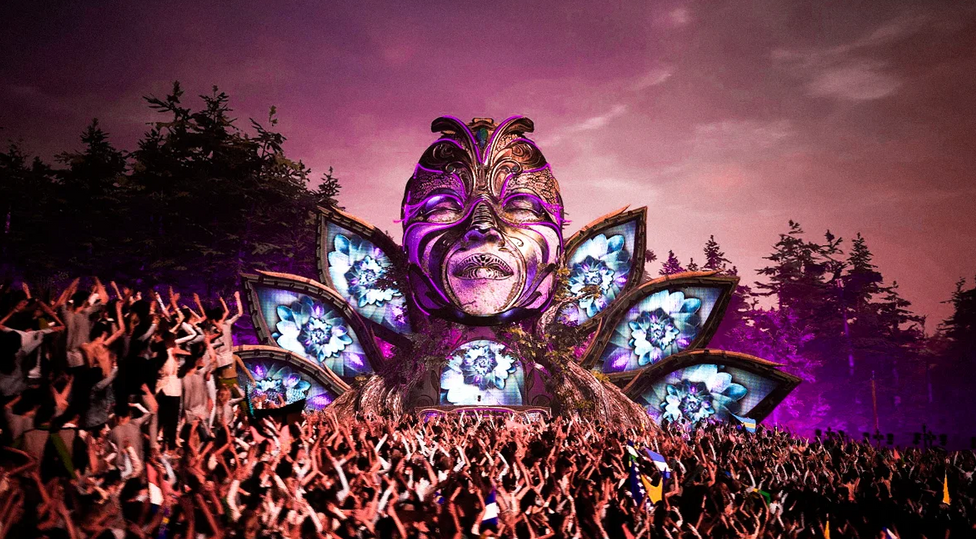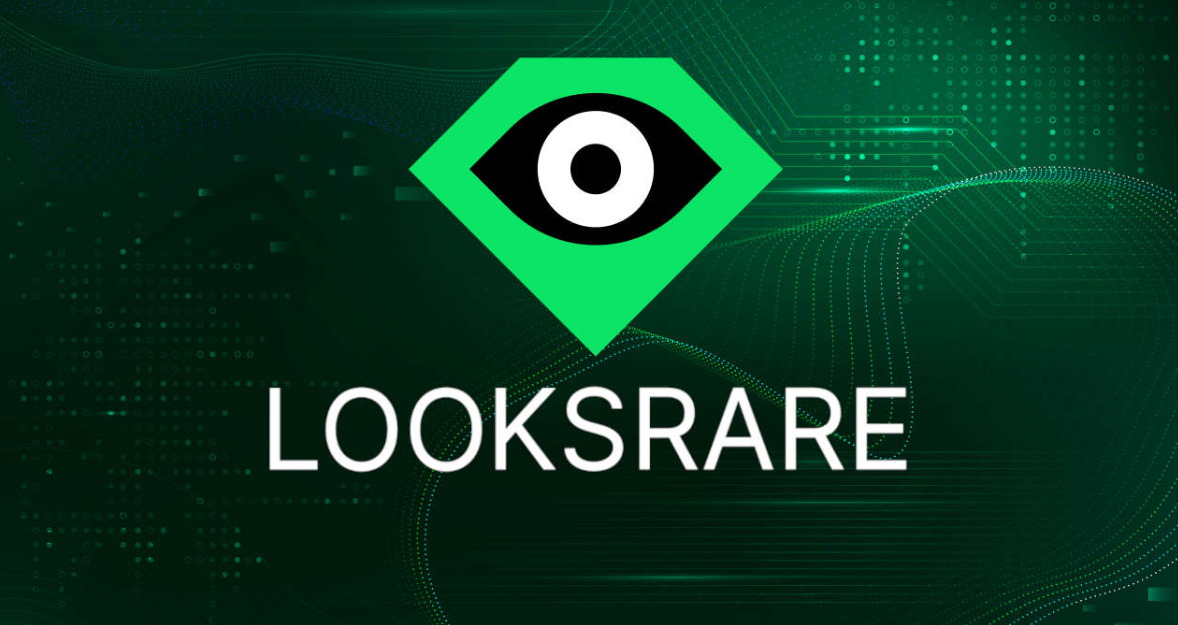The Music Industry in the Metaverse. The music industry in the metaverse is becoming a viable option for musicians. The technology can allow artists to monetize their music directly from fans through Blockchain-based smart contracts. These contracts allow artists to keep 100% of the profits generated from fans listening to their music. Additionally, the technology can allow for music videos to be streamed in the metaverse.
Artists can monetize their music directly through their fans
The Metaverse offers artists a wide variety of ways to monetize their music. For example, an artist can transform a full concert recording into a digital treasure, and sell it directly to fans. This model could be a great way to generate revenue for artists in the future. Traditionally, bootleg recordings were highly sought after and were available only in very limited numbers. This made them valuable items, and fans could trade them from fan to fan.
The Metaverse is a powerful new tool for artists. Not only does it create highly customized virtual experiences, it also provides a great environment for community-building and collaboration. It has the potential to set artists, labels, and brands apart from their competitors.
This new model gives artists and musicians access to a global audience from the comfort of their homes. Artists can also sell merchandise and host virtual concerts in the Metaverse. This could open up a new revenue stream for artists, and it may even lead to full-time careers for artists.
As the metaverse becomes more popular, more brands will begin to see the massive potential the metaverse offers. Ultimately, the metaverse economy will consist of a peer-to-peer economy where artists can monetize their music directly through their fanbase. This new system allows artists to keep more control of their work, and it enables them to track their royalties much more easily than traditional methods.
The Metaverse allows musicians to create their own virtual worlds. They can create a customized avatar, sell virtual merchandise, and interact directly with their fans. The artists can even make music videos in the Metaverse. In addition to this, artists can create virtual merch for their fans, and create a new audience on gaming and virtual reality platforms.
Musicians can monetize their music directly through their fanbase in the metaverse by selling NFTs to their fans. These NFTs will allow independent artists to sell their music directly to fans while funneling royalties back to them. In some cases, artists can even retain some of the royalties while allowing fans to purchase them. The Metaverse is a place for artists to build communities and make long-lasting connections.
Blockchain-based smart contracts allow artists to keep 100% of the profits from fans listening to their music
With blockchain-based smart contracts, artists can keep 100% of the profits generated by fans listening to their music. Instead of going through a third-party distributor, these sales go straight to the artist and to all the royalties owed. Heap’s song “Tiny Human” was the first to use such a smart contract. Digital distributors also offer payment splitting, but with blockchain-based smart contracts, artists keep all profits from fans listening to their music.
Blockchain-based smart contracts are a promising solution to the music industry’s revenue issues. With smart contracts, artists can stipulate the percentage of revenue to each party, and the technology can be used to automatically pay artists. Volareo, which is developing a voice-controlled smart speaker, is exploring the possibility of such a system in the future.
Another popular way to fund a project is through crowdfunding. One popular crowdfunding platform is WeiFund, which turns supporters into investors, with the promise of a profit sharing if the film is successful. This new crowdfunding model uses self-executing smart contracts to benefit artists and all those involved in the creative process. Additionally, it uses transparent ledgers to make the process transparent.
Another decentralized music streaming platform is Choon, which works as a blockchain-based music streaming platform. Through this platform, artists upload their music, which is then streamed to fans. Fans can then buy merchandise using the $MUSIC cryptocurrency. The system is also designed to allow fans to convert their tokens into fiat currency.
The Audius project is another example of a blockchain-based smart contract. Audius will build its network on Ethereum, enabling artists to upload their music and immediately get paid. The protocol uses two tokens to track payments, a stablecoin called USNBT, and a native token called UPPER. The artist will receive USNBT as a payment for listening to their music, and can then use USNBT to purchase UPPER on exchanges.
Blockchain-based smart contracts have the potential to transform the music industry. Some artists have already realized significant revenue from music NFTs. Bajan rapper Haleek Maul, for instance, has confirmed that he received 81 ETH from five catalog sales.
Streaming music videos in the metaverse
Big Tech is experimenting with the idea of delivering music to people virtually. For instance, Microsoft is building out a music component for its Teams platform, and Disney has entered the metaverse market. These investments are clear signs that music will become a critical component of the metaverse. As it does, the rules surrounding its use will likely become much more favorable.
In a recent MTV VMAs, the category was introduced to recognize artists who were performing in the metaverse. This included artists from a range of genres and countries. Notable artists included Ariana Grande, Twenty One Pilots, Charli XCX, and Justin Bieber.
As the music industry looks for new ways to engage with fans and drive revenue, metaverse is a major opportunity. The metaverse offers an entirely new world for users to interact with. Artists and brands can use it to engage fans and sell merchandise, and they can even host virtual concerts.
Streaming music videos in the metaverse can be an exciting new option for musicians. The new medium can provide artists with an instant global audience. Livestreaming allows artists to connect with fans on a personal level without needing to travel. The metaverse has the potential to revolutionize the media and entertainment industries.
Spotify has already entered the Metaverse with Spotify Island, a virtual island where fans can explore the music world and interact with musicians and artists. The virtual island will also feature interactive hangouts, themed mini-quests, and exclusive content. Fans and creators of music can build sounds together in the virtual world. The music metaverse is becoming a fun and exciting place for Spotify users to spend time.
Accessibility for artists
The rise of the metaverse offers artists a new and exciting medium for creating art. Whether you’re an aspiring artist or a seasoned pro, you’ll be able to showcase your talents in this new virtual space. The metaverse offers opportunities for both artists and consumers to share their work and experiences. Many artists and designers are already exploring the possibilities of the metaverse for their careers.
The metaverse is a virtual, immersive world that merges art, entertainment, social media, and crypto currency. It has the potential to transform the art world. Artists and art collectors will be able to share their works, comment on others’ works, and engage with other players on a more personal level.
One of the benefits of the metaverse is that the traditional power structure of a traditional museum is flipped. Rather than relying on ticket sales and public funding, metaverse museums are nonprofit, independent, and rely on donations and public funding. The Met Museum, for example, is reliant on public funding and donations for its revenue – in fact, it expects only 4% of its revenue to come from ticket sales in the fiscal year 2021. This type of gatekeeping can be particularly frustrating for artists of color or women.
The metaverse is a combination of virtual worlds and augmented reality, and its aim is to create a global community. It includes several blockchain-based worlds, including Decentraland, Somnium Space, and Sandbox. Users can access these worlds using a browser or a VR headset, depending on their needs.
In the early days of the internet, developers were hesitant to include accessibility standards, which is still a challenge for artists in the metaverse. Moreover, the laws did not consider accessibility as a priority in the early days, so there were no standards for virtual spaces. Fortunately, accessibility advocates are encouraging developers to consider accessibility when they develop their projects. However, it may take some time before laws catch up.
A key goal of the Legal Lab at Serpentine Arts Technologies is to research the intersection of law and art, and prototype accessible legal solutions. The team has also launched a series of discussions called Legal Lab Live. The material on Legal Lab Live is not intended to be legal advice, but is intended to inform the audience of the legal implications of the new world.



